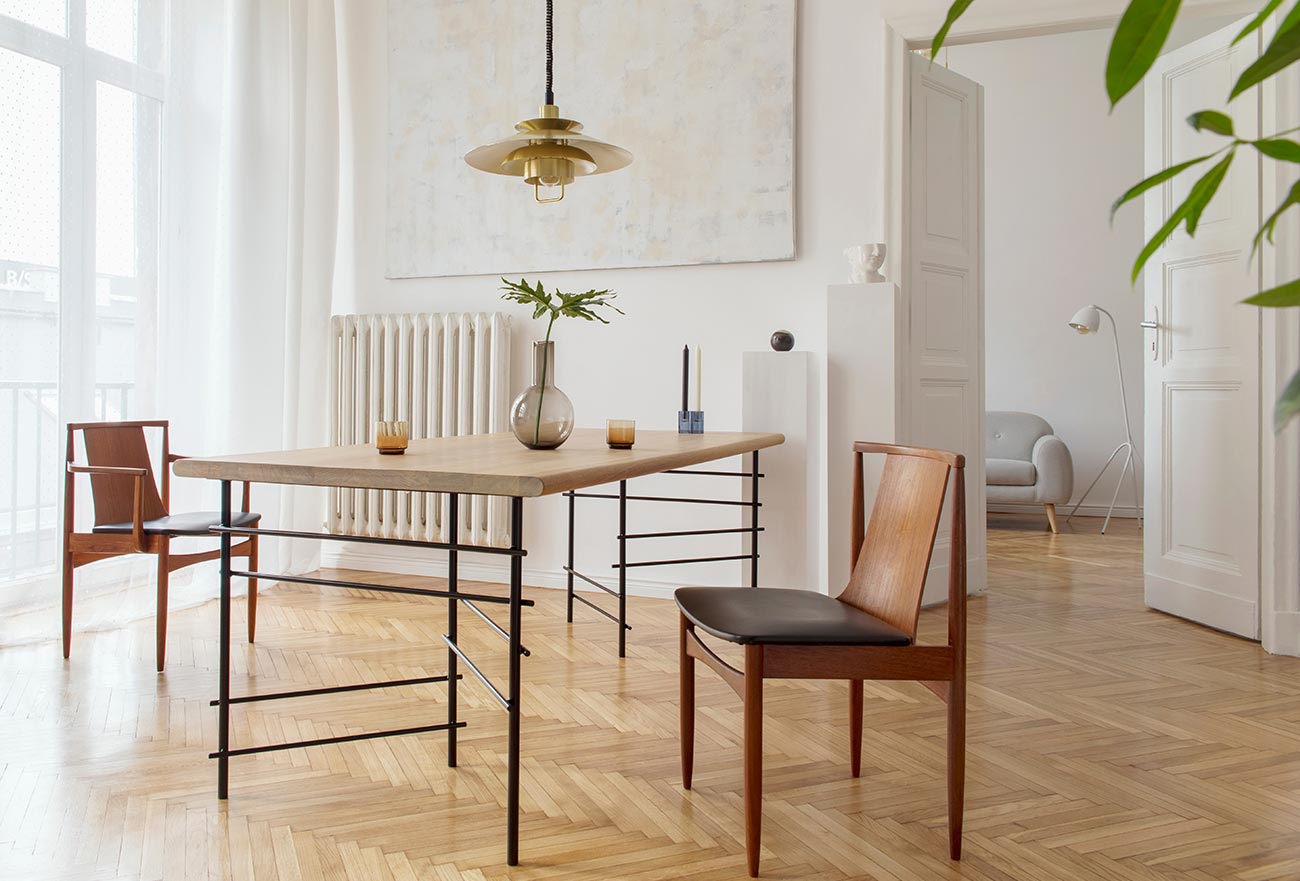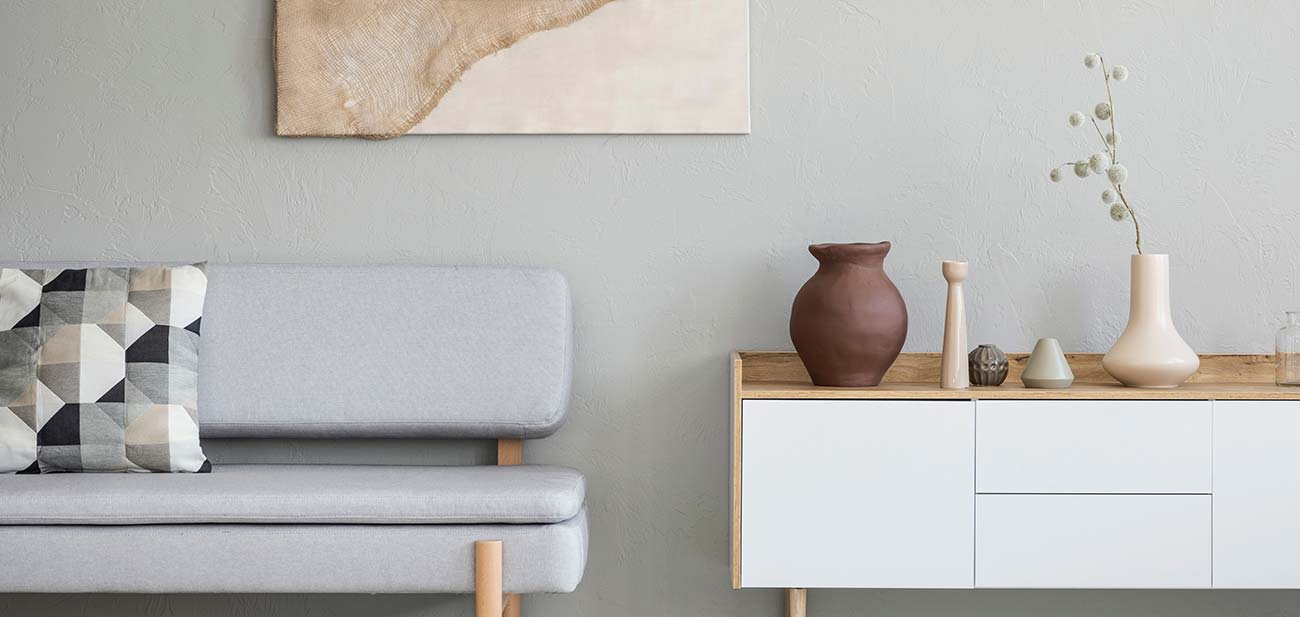
Architectural Basics to be considered While Planning A home Interiors
– Space: Space is the most fundamental element of architecture and interior design. It refers to the physical dimensions and boundaries of a room, as well as the perception and feeling of spaciousness or coziness. Space can be divided into positive space (the area occupied by furniture, objects and people) and negative space (the empty or open area around them). A good balance between positive and negative space can create a harmonious and comfortable environment.
Planning a home interior is an exciting and creative process, but it also requires some basic architectural knowledge to ensure that the design is functional, safe and aesthetically pleasing. Here are some architectural basics to consider while planning a home interior:
– Light: Light is another essential element of architecture and interior design. It affects the mood, ambiance and visibility of a space. Light can be natural (coming from windows, skylights or doors) or artificial (coming from lamps, fixtures or candles). A good lighting design can enhance the beauty, functionality and energy efficiency of a space.
– Color: Color is a powerful tool for expressing personality, style and mood in a space. Color can be used to create contrast, harmony, focal points or accents. Color can also influence the perception of space, making it appear larger, smaller, warmer or cooler. A good color scheme can complement the architecture, furniture and accessories of a space.

– Texture: Texture refers to the tactile quality and appearance of a surface or material. Texture can add interest, variety and depth to a space. Texture can be smooth, rough, soft, hard, glossy or matte. Texture can also affect the temperature, sound and comfort of a space. A good texture selection can enhance the visual appeal and sensory experience of a space.
– Form: Form is the shape and structure of an object or space. Form can be geometric (such as squares, circles or triangles) or organic (such as curves, waves or irregular shapes). Form can also be symmetrical (balanced on both sides) or asymmetrical (unbalanced or irregular). A good form design can create a sense of order, movement and dynamism in a space.
These are some of the architectural basics to consider while planning a home interior. By applying these principles, you can create a beautiful, functional and unique space that reflects your personality and lifestyle.


Leave a Reply